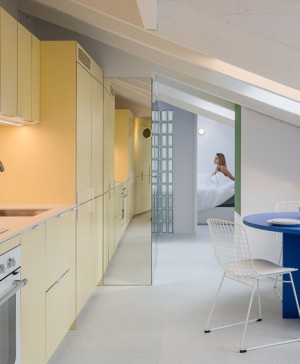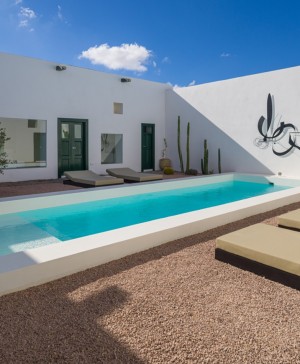Caro Hotel: Francesc Rifé turns an ancient palace in Valencia into a hotel and a monument all in one.
 The Palace of Marqués de Caro in Valencia is a contemporary style five star hotel. Since there are many, nothing remarkable except for a slight detail: it is an authentic museum of the history of Valencia, from the times of the Roman Empire until today. And not because ancient pieces have been placed on purpose, but because this old Gothic palace holds authentic archaeological treasures inside its walls. With the help of designer Francesc Rifé, the building has now turned into the first hotel-monument of the city.
The Palace of Marqués de Caro in Valencia is a contemporary style five star hotel. Since there are many, nothing remarkable except for a slight detail: it is an authentic museum of the history of Valencia, from the times of the Roman Empire until today. And not because ancient pieces have been placed on purpose, but because this old Gothic palace holds authentic archaeological treasures inside its walls. With the help of designer Francesc Rifé, the building has now turned into the first hotel-monument of the city.Read more about Francesc Rifé on diarioDESIGN.

The story of Caro Hotel is as unique as that of the building, part of the Casas del Temple and listed as a protected building of the 20th century by the City of Valencia. It all started in 2005, when one of the descendants of the owners wished to transform the building into a hotel and, getting down to work, discovered the archaeological value housed inside.
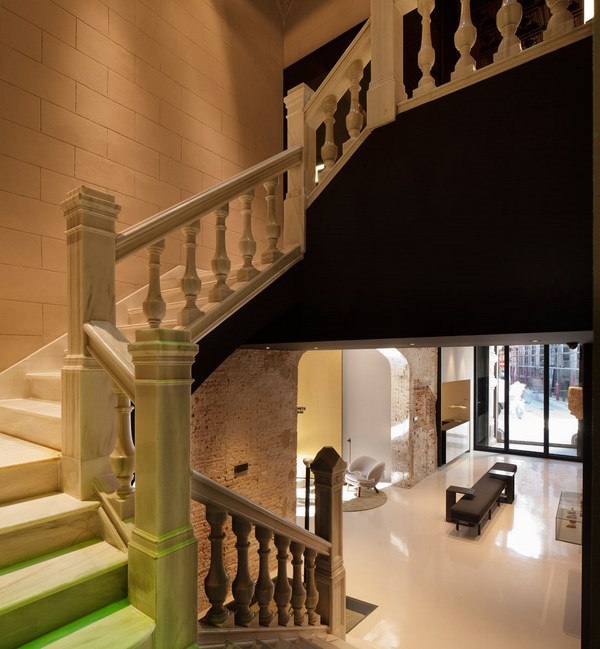

Modernist staircases, 18th century tiles, coffered ceilings, Gothic arches, a section of the arab wall of Valencia dated 12th century, mosaics from the 1st century BC, and even column bases and other parts belonging to the Roman Circus of the city.


It was through a three years private archaeological campaign that all these elements were discovered. The owners decided therefore to maintain them and provide the hotel with such unique character. Then architect Francisco Jurado and interior designer Francesc Rifé were commissioned to give it a contemporary style.


The challenge was not easy. «What to preserve, what to transform, what to discard, what to show?» were the most important questions they had to face. Some of the recovered elements can be seen in the rooms, others are located in the common areas. But most of them are on their original site.


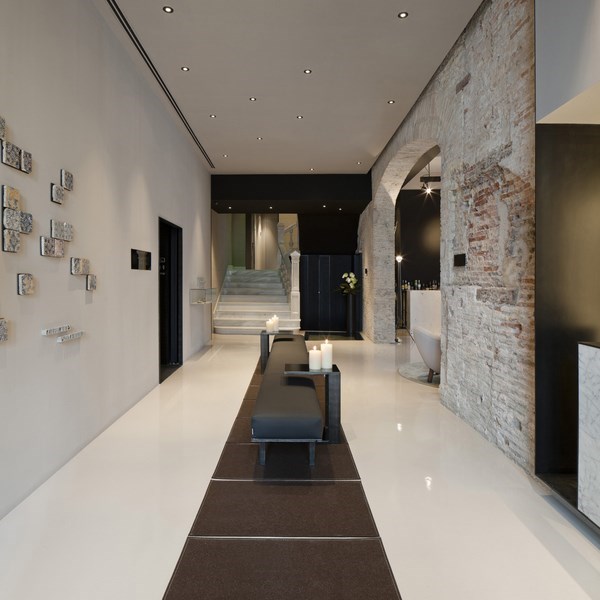
Francesc Rifé has lightened the spaces and granted them with sobriety, as well as with a linear and proportional characteristics. The rooms, with their contemporary, geometric and minimal design, are the best example of that.

The balanced and sober decoration responds not only to the particular style of Rifé but it was as well necessary in order to respect and praise the substrates. Consequently, neutral materials that don’t steal the limelight from the archaeological treasures were used, merging nicely with the ancient elements.

Concerning the furniture and color palette, many of the walls feature the same colour of the flooring, although sometimes Rifé gave himself and the place a break by including a few contrasts between the neutral colour from the concrete and the earth, stone and brick tones or by mixing stained oak furniture with glossy lacquers.

The hotel has 26 rooms, each one of them different from the other due to the complexity of the spaces and the historical elements they host.
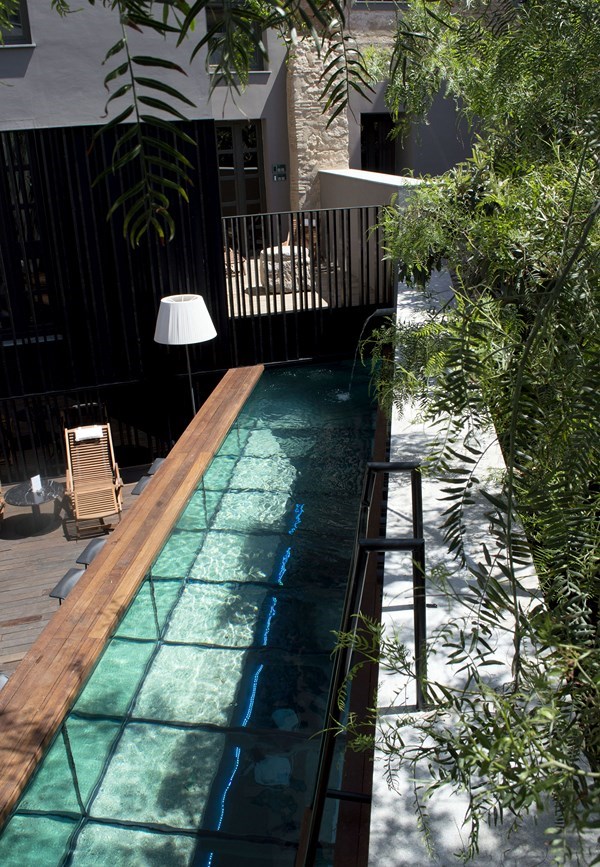
Furniture and lighting pieces have been exclusively designed for this project, but also in combination with well-known pieces such as the Parentesi lamp by Flos and the Fortuny lamp by Pallucco.
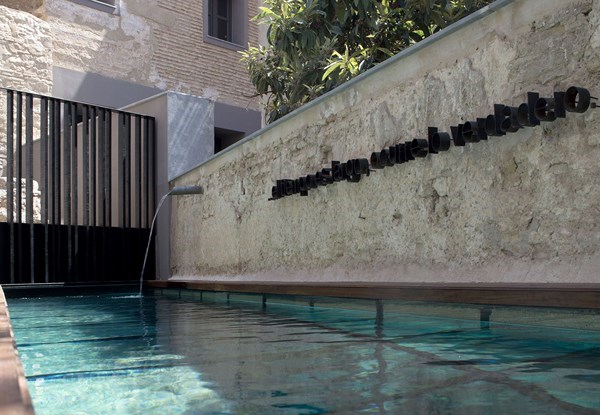
Nevertheless, the Caro Hotel is, possibly, the oldest inhabited building in Valencia.

